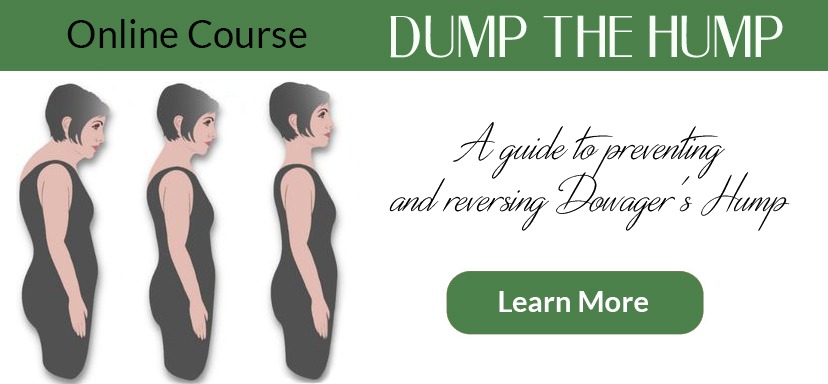Did you know, when we take our first breath, there exists no difference in the length of our telomeres between those newborns sporting blue booties and those stylin’ with pink ones?
Quick science lesson recap: Telomeres are the protective end caps of our chromosomes—think the plastic protective tip of your shoelace. Telomeres are found in every cell throughout our bodies. The longer and stronger our telomeres are, the higher functioning our brains and minds will be, and the less our bodies will decline and age. However, once we are all grown up, telomeres are longer in women than in men. (Sorry, fellows.)
Estrogen Impact on Telomeres
The medical world now knows the hormone estrogen creates this disparity between the sexes. Research also reveals estrogen may regulate the number of telomeres we have, as well. Before menopause, the estrogen we produce protects women’s telomeres from shortening and keeps our telomeres strong and growing.
Interestingly, we postmenopausal women with a history of long-term hormone replacement therapy (HRT) use show longer telomere length than do those who didn’t use hormone replacements after menopause. It seems the extra years of estrogen in our systems kept our telomeres long and strong.
That information
led me to ask: “For the millions of women who did use HRT, and have finished the recommended protocol of time, what do we do now?”
Drilling into the science, the answer occupying the number one position is exercise. If you have followed my posts for a while, you will be slowly nodding your head, as I have written this word once or twice before about exercise and aging ;-0
Exercise Benefit for Post-Menopausal Women
What I haven’t really focused on before is how much exercise benefits postmenopausal women as a way to slow aging.
Since we lose our armor of hormone protection at menopause, because our ovaries produce most of our estrogen, we are left with our fat cells and adrenals as the only sources for this precious substance.
Stress causes the adrenals to switch from making estrogen (even a smidge) to adrenaline and the enemy of all people, cortisol. This makes our chances of getting even a drop of this elixir needed for keeping
our brain memory functioning at peak level, well, pretty much zero.
However, there’s good news! For the millions of women who did, and the millions who didn’t opt in for HRT, there is great hope!
You may also remember when I wrote about the breakthroughs scientists had made a couple of decades ago in understanding the brain. We now know the brain grows and changes throughout our lives until we take that last breath. We call that development neuroplasticity.
Exercise Impact on Telomeres
That means we are only in the third quarter of the game after we finish HRT, and can still bring home a win in the final one. It is looking as if exercise expands and strengthens our telomeres.
More research is needed, but my favorite girl gang, those Nobel Prize winner dynamic dames, Dr. Elizabeth Blackburn and Dr. Elissa Epel, the experts in telomeres and aging, would take the bet that exercise looks like the magic bullet.
Even better news? Midlife men also seem to benefit from exercise, telomere-wise!
A ground-breaking study from South Korea and published in the highly respected Menopause: The Journal of the North American Menopause Society states:
Compared with a sedentary lifestyle, long-term aerobic exercise and increasing levels of physical activity are associated with reduced telomere attrition [shortening]. This cross-sectional study demonstrated that postmenopausal women who perform habitual physical exercise have significantly longer telomere lengths than do those with sedentary lifestyles.
Straight from the horse’s, researchers, mouth, so to speak.
Compiling this information on how to slow down aging inspires me to put on my tennies this very minute and take a brisk stroll. Come join me!
Until next time…. Be Vibrant!
Living Vibrantly
Like what you see? Subscribe to receive exclusive tips to start living Vibrantly!
